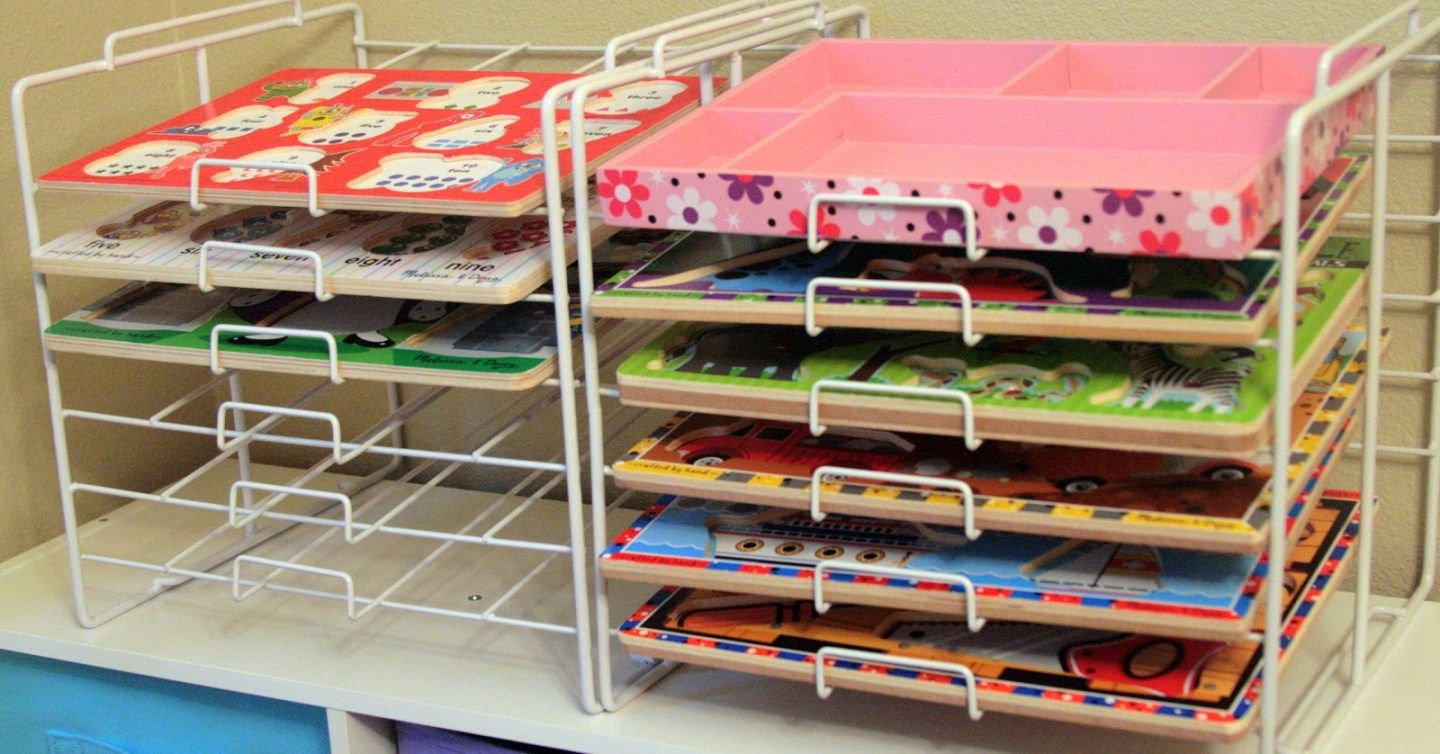

Articles
How To Store Toddler Puzzles
Modified: January 6, 2024
Learn the best ways to store toddler puzzles with these helpful articles. Keep your little one's puzzles organized and in great condition for hours of fun!
(Many of the links in this article redirect to a specific reviewed product. Your purchase of these products through affiliate links helps to generate commission for Storables.com, at no extra cost. Learn more)
Introduction
Welcome to the wonderful world of toddler puzzles! These engaging and educational toys are not only great for developing cognitive skills and hand-eye coordination but also provide hours of entertainment for your little ones. However, keeping puzzles organized and properly stored can be a challenge for parents. The last thing you want is to have missing puzzle pieces or a jumbled mess when it’s time to play.
In this article, we will explore the importance of proper puzzle storage for toddlers and provide you with practical tips and storage options to keep those puzzles neatly organized. So let’s dive in and discover the best ways to store toddler puzzles!
Key Takeaways:
- Proper puzzle storage for toddlers is crucial for maintaining an organized and enjoyable playtime experience, promoting cognitive development, and fostering independence and responsibility in young children.
- By categorizing puzzles, labeling or color-coding, separating puzzle pieces, and involving your child in the organization process, you can create a clutter-free and accessible environment that sparks joy and encourages independent play and exploration.
Read more: How To Store Puzzles For Toddlers
Importance of Proper Puzzle Storage for Toddlers
Proper puzzle storage for toddlers is essential for several reasons. Firstly, it helps to maintain the integrity of the puzzles. When puzzles are stored haphazardly, pieces can get lost or damaged, rendering the puzzle incomplete and less enjoyable to play with. By keeping the puzzles organized and stored correctly, you can ensure that all the pieces are accounted for and ready to use.
Secondly, having a designated storage system for toddler puzzles promotes a sense of responsibility and organization in young children. It teaches them the importance of taking care of their toys and putting them away after use. This not only helps to reduce clutter but also fosters independence and self-sufficiency skills in toddlers.
Furthermore, proper puzzle storage allows for easy access and quick clean-up. When puzzles are stored in an orderly manner, it saves time and effort when you want to set up a puzzle for your toddler or tidy up after playtime. This convenience encourages more frequent puzzle play, which in turn enhances cognitive development and problem-solving skills in young children.
Lastly, proper puzzle storage promotes longevity and durability. Puzzles are often made from cardboard or wood, and they can be susceptible to damage if not stored properly. By keeping puzzles in a controlled and safe environment, you can protect them from moisture, sunlight, and other potential hazards, ultimately prolonging their lifespan.
Overall, investing in proper puzzle storage for toddlers is a wise decision that offers numerous benefits. It not only keeps the puzzles intact and organized but also teaches children important life skills and promotes their overall development. Now let’s explore some factors to consider when storing toddler puzzles.
Factors to Consider When Storing Toddler Puzzles
When it comes to storing toddler puzzles, there are a few key factors to consider to ensure that you choose the most suitable storage solution. Let’s take a look at these factors below:
1. Size of the Puzzle: Take into account the size of the puzzle when selecting a storage option. Some puzzles come in compact sizes, while others are larger and may require more space. Make sure the storage solution you choose can accommodate the size of the puzzles your toddler has.
2. Number of Puzzles: Consider the number of puzzles your child has or is likely to acquire. If you have a large collection, you may need a storage system that can hold multiple puzzles, whereas a small collection may require a more compact storage option.
3. Accessibility: Think about how easily your child can access and retrieve the puzzles. For younger toddlers, it’s important to have storage that allows them to independently access their puzzles without any assistance. Look for options that are easy to open and close, even for tiny hands.
4. Durability: Choose a storage solution that is durable and can withstand the wear and tear of everyday use. Toddlers can be rough with their toys, so opt for sturdy materials that will hold up over time.
5. Portability: Consider whether you need a portable storage solution. If you often travel or your child likes to take puzzles on the go, look for options that are lightweight and easy to transport.
6. Visibility: It’s beneficial to have a storage solution that allows your child to see the puzzles at a glance. Transparent or open-front storage options make it easier for toddlers to choose a puzzle without having to rummage through a pile.
7. Safety: Prioritize the safety of your child when choosing a storage system. Avoid options with small parts or sharp edges that could pose a risk to your toddler. Ensure that the chosen storage solution is child-friendly and free from any potential hazards.
By considering these factors, you can find a storage solution that meets your specific needs and provides an organized and accessible space for your toddler’s puzzles. Now let’s explore some different storage options for toddler puzzles.
Different Storage Options for Toddler Puzzles
Now that we’ve discussed the factors to consider, let’s explore some popular storage options for toddler puzzles. Each option offers its own benefits and suitability depending on your specific needs and preferences.
1. Puzzle Boxes
Puzzle boxes are a classic and convenient storage option for toddler puzzles. These boxes come in various sizes and often feature compartments or dividers to keep the puzzle pieces organized. Puzzle boxes are typically made of sturdy materials like wood or plastic, providing durability and protection for the puzzles. They are also portable, making it easy to take puzzles on-the-go. Puzzle boxes are great for small to medium-sized puzzle collections.
Read more: How To Store Puzzle
2. Puzzle Racks
Puzzle racks are designed to hold multiple puzzles simultaneously. These racks usually have slots or pegs where you can display or hang the puzzles. Puzzle racks are a great option if you have limited storage space and want to keep the puzzles easily accessible and visible for your child. They come in various sizes and can accommodate different puzzle sizes, making them versatile for your toddler’s growing collection.
3. Puzzle Bags
Puzzle bags offer a portable and space-saving solution for storing toddler puzzles. These bags are usually made of fabric and have compartments or pockets to keep the puzzle pieces separated. Puzzle bags are lightweight and easy to carry, making them ideal for travel or taking puzzles to playdates or outings. They are suitable for small to medium-sized puzzles and provide a convenient storage option that can be hung or stored in a closet.
4. Puzzle Trays
Puzzle trays are shallow, flat trays with raised edges that help keep the puzzle pieces contained and prevent them from falling off. These trays often come with a lid, allowing you to stack and store multiple trays on top of each other. Puzzle trays are great for toddlers who prefer to work on puzzles directly on the tray surface or for those who need extra stability while playing. They are compact and easy to store, making them a suitable option for small spaces.
5. Storage Bins or Containers
Storage bins or containers offer a versatile and customizable solution for storing toddler puzzles. These bins can be in the form of plastic boxes, fabric bags, or even stackable drawers. You can label and sort the puzzles by theme or difficulty level, making it easy for your child to locate and choose the puzzles they want to play with. Storage bins or containers are suitable for large puzzle collections and can be stored in a closet or on a shelf.
Consider your specific needs in terms of portability, space availability, and the size of your toddler’s puzzle collection when choosing the most suitable storage option. Remember, the goal is to keep the puzzles organized, easily accessible, and in good condition for your child’s enjoyment. Now that you have explored the different storage options, let’s move on to some tips for organizing toddler puzzles.
Read more: How To Store Puzzle Boxes
Puzzle Boxes
Puzzle boxes are a popular and convenient storage option for toddler puzzles. They are designed to keep puzzles organized, protected, and easily accessible for your child. Here’s a closer look at why puzzle boxes are a great choice and how to effectively use them for storing toddler puzzles:
Benefits of Puzzle Boxes
Puzzle boxes offer several benefits that make them an attractive storage solution:
- Organization: Puzzle boxes typically come with compartments or dividers, allowing you to keep puzzle pieces separated and organized. This helps in finding the right pieces quickly and avoids the frustration of searching for missing pieces.
- Protection: Puzzle boxes are usually made of durable materials like wood or plastic, providing robust protection for the puzzles. They keep the puzzles safe from damage caused by rough handling or exposure to moisture, sunlight, or dust.
- Portability: Most puzzle boxes are designed with handles or are lightweight, making them easy to carry. This portability allows your child to bring their puzzles anywhere, whether it’s to a friend’s house, on a road trip, or even just to a different room in your home.
Tips for Using Puzzle Boxes
To make the most out of puzzle boxes for storing toddler puzzles, consider these helpful tips:
- Choose the Right Size: Ensure that the puzzle box you select is appropriate for the size of the puzzles your child has. It should have enough room to comfortably fit the puzzle pieces without being overly spacious.
- Label the Boxes: If your child has multiple puzzle boxes, consider labeling them with the name or picture of the puzzle inside. This makes it easier for your child to identify and choose the puzzle they want to play with.
- Keep Instruction Sheets: If the puzzles come with instruction sheets, store them alongside the puzzles in the box or attach them to the lid using a small clip or Velcro. This will ensure that your child has access to the instructions whenever they need them.
- Store Similar Puzzles Together: Group puzzles of similar themes or difficulty levels in the same puzzle box. This makes it easier for your child to find the puzzles they are interested in and encourages independent play and decision-making.
- Establish a Routine: Encourage your child to develop a routine of returning puzzles to their respective puzzle boxes after playtime. This instills a sense of responsibility and organization, teaching your child how to take care of their toys.
With puzzle boxes, you can ensure that your child’s puzzles are protected, organized, and readily available for play. They offer a practical and efficient storage solution for toddler puzzles, keeping all the pieces intact and preventing any unnecessary frustration. Now that you’re familiar with puzzle boxes, let’s move on to explore another storage option – puzzle racks.
Puzzle Racks
Puzzle racks are a fantastic storage option for organizing and displaying your toddler’s puzzle collection. These racks not only keep the puzzles neatly organized but also provide easy access for your child to choose their preferred puzzles to play with. Let’s take a closer look at why puzzle racks are a great choice and how to effectively use them for storing toddler puzzles:
Read more: How To Store A Puzzle
Benefits of Puzzle Racks
Puzzle racks offer several benefits that make them a popular choice for puzzle storage:
- Organized Display: Puzzle racks are designed with slots or pegs to hold and display multiple puzzles. This allows you to showcase your child’s puzzle collection in an organized and visually appealing manner.
- Ease of Access: Puzzle racks make it easy for your child to select a puzzle to play with. The visible display of puzzles allows your child to see their options at a glance, eliminating the need to dig through boxes or bags to find a specific puzzle.
- Space-Saving: Puzzle racks are compact and can be mounted on a wall, placed on a shelf, or even set on a table or floor. They utilize vertical space, making them ideal for homes with limited storage areas.
Tips for Using Puzzle Racks
To make the most out of puzzle racks for storing toddler puzzles, consider these helpful tips:
- Select the Right Size: Choose a puzzle rack that can accommodate the size of your toddler’s puzzles. Ensure that the slots or pegs are wide enough to hold the puzzles securely without causing any damage to the puzzle pieces.
- Sort by Theme or Difficulty: Organize the puzzles on the rack based on themes or difficulty levels. This allows your child to easily locate puzzles of interest and encourages their decision-making skills.
- Rotate the Display: Switch out the puzzles on the rack periodically to keep the selection fresh and exciting for your child. This not only prevents boredom but also helps to keep their interest in solving different puzzles.
- Secure the Rack: If you choose to mount the puzzle rack on a wall, make sure it is securely anchored to avoid any accidents. Ensure that the rack is at an appropriate height for your child to reach the puzzles comfortably.
- Keep the Area Clean: Regularly clean the puzzle rack and the puzzles to maintain a hygienic and dust-free environment. Use a damp cloth to wipe down the racks and gently clean the puzzle pieces as needed.
Puzzle racks provide an efficient and visually appealing solution for storing toddler puzzles. They keep puzzles organized, accessible, and make it easy for your child to choose their next puzzle adventure. Now that you’ve learned about puzzle racks, let’s move on to explore another storage option – puzzle bags.
Puzzle Bags
Puzzle bags are a convenient and portable storage option for toddler puzzles. These bags are designed to keep puzzle pieces organized while providing easy transportability, making them ideal for on-the-go playdates or trips. Let’s explore why puzzle bags are a great choice and how to effectively use them for storing toddler puzzles:
Benefits of Puzzle Bags
Puzzle bags offer several benefits that make them a popular option for puzzle storage:
- Portability: Puzzle bags are lightweight and usually come with handles or straps, making them easy to carry. This allows your child to take their favorite puzzles with them wherever they go, whether it’s to a friend’s house or on a family vacation.
- Organized Storage: Puzzle bags typically have compartments or pockets to keep puzzle pieces separated and organized. This makes it easier for your child to find the right pieces and reduces the chances of losing or misplacing them.
- Space-Saving: Puzzle bags are compact and can be folded or rolled up when not in use, saving you storage space. They can be easily stored in a closet or on a shelf, minimizing clutter.
Read more: How To Store Wooden Puzzles
Tips for Using Puzzle Bags
To make the most out of puzzle bags for storing toddler puzzles, consider these helpful tips:
- Choose the Right Size: Select a puzzle bag that can accommodate the size of your toddler’s puzzles. Make sure it’s spacious enough to hold the puzzle pieces without them being too tightly packed.
- Label the Bags: If your child has multiple puzzle bags, consider labeling them with the name or picture of the puzzles inside. This makes it easier for your child to identify and choose the puzzle they want to play with.
- Keep Instruction Sheets: If the puzzles come with instruction sheets, store them in a pocket or attach them to the bag using a small clip or Velcro. This will ensure that your child has access to the instructions whenever they need them.
- Sort by Size or Difficulty: Organize the puzzle bags based on size or difficulty level. This allows your child to easily locate puzzles that suit their current skill level and prevents frustration from attempting puzzles that may be too challenging.
- Regularly Check for Missing Pieces: Before and after each use, make sure to check the puzzle bag for any missing or loose pieces. This ensures that the puzzles remain complete and avoids potential hazards.
Puzzle bags offer a portable and organized solution for storing toddler puzzles. They make it easy for your child to take their favorite puzzles with them and ensure that puzzle pieces stay together. Now that you’ve learned about puzzle bags, let’s move on to explore another storage option – puzzle trays.
Puzzle Trays
Puzzle trays are a practical and convenient storage option for toddler puzzles. These trays are designed to provide a flat surface with raised edges, keeping puzzle pieces contained and preventing them from falling off. Puzzle trays offer stability and organization, making them ideal for toddlers who prefer to work directly on the tray surface. Let’s delve into why puzzle trays are a great choice and how to effectively use them for storing toddler puzzles:
Benefits of Puzzle Trays
Puzzle trays offer several benefits that make them a popular option for puzzle storage:
- Stability: Puzzle trays provide a stable surface for your child to build their puzzles. The raised edges help to keep the puzzle pieces in place, allowing your child to focus on solving the puzzle without the worry of pieces slipping or falling off.
- Compact Storage: Puzzle trays are typically shallow and flat, making them easy to stack and store. They take up minimal space when not in use, making them suitable for small living spaces or limited storage areas.
- Easy Clean-up: Puzzle trays simplify the process of clean-up after puzzle playtime. Instead of having puzzle pieces scattered on a table or floor, the contained area of the tray makes it easier and quicker to gather the pieces and put them away.
Tips for Using Puzzle Trays
To make the most out of puzzle trays for storing toddler puzzles, consider these helpful tips:
- Choose the Right Size: Select puzzle trays that are large enough to accommodate the size of your toddler’s puzzles. The tray should have enough space for the completed puzzle and extra room for your child to work on assembling it.
- Stackable Trays: If you have multiple puzzle trays, consider choosing ones that are stackable. This allows you to store them neatly and saves space, especially if you have a growing puzzle collection.
- Sort by Complexity: If your child has puzzles of varying difficulty levels, use different trays to separate the puzzles by complexity. This makes it easier for your child to select a puzzle that matches their current skill level.
- Label the Trays: Consider placing labels on the bottom or side of the trays, indicating the names or themes of the puzzles contained within. This makes it easier for your child to identify the desired puzzle tray at a glance.
- Store in a Designated Area: Designate a specific area for the puzzle trays, such as a shelf or a cabinet. Keeping them in one place helps in staying organized and ensures that the trays and puzzles are easily accessible for your child.
Puzzle trays provide a stable and organized surface for toddlers to work on their puzzles. They simplify clean-up and storage, making the puzzle-solving experience more enjoyable for both children and parents. Now that you’ve learned about puzzle trays, let’s move on to explore another storage option – storage bins or containers.
Read more: How To Store Completed Puzzles
Storage Bins or Containers
Storage bins or containers offer a versatile and customizable solution for storing toddler puzzles. These storage options come in various forms, such as plastic boxes, fabric bags, or stackable drawers. They provide ample space for puzzle storage and can be easily labeled and sorted, ensuring a tidy and organized collection. Let’s explore why storage bins or containers are a great choice and how to effectively use them for storing toddler puzzles:
Benefits of Storage Bins or Containers
Storage bins or containers offer several benefits that make them a popular option for puzzle storage:
- Ample Space: Storage bins or containers provide plenty of space to hold multiple puzzles. They can accommodate various sizes and types of puzzles, making them suitable for growing collections.
- Customizable Organization: These storage options allow you to customize the organization of your toddler’s puzzle collection. You can use dividers, compartments, or separate bags within the bins or containers to sort puzzles by theme, size, or difficulty level.
- Accessible and Portable: With storage bins or containers, puzzles can be easily accessed and carried to desired locations. Whether your child wants to play in the living room, their bedroom, or even outside, you can simply grab the necessary bin or container and have all the puzzles ready to go.
Tips for Using Storage Bins or Containers
To make the most out of storage bins or containers for storing toddler puzzles, consider these helpful tips:
- Select the Right Size and Material: Choose bins or containers that are spacious enough to hold your toddler’s puzzle collection. Consider the material of the storage option, ensuring it’s durable and suitable for long-term use.
- Label and Sort: Label each bin or container with the name or category of puzzles it contains. This makes it easy for your child to identify and select the puzzles they want to play with. Additionally, sorting puzzles by theme or difficulty level within the bins helps with quick and easy access.
- Utilize Dividers or Compartments: If using larger storage bins or containers, consider using dividers or compartments to keep puzzles separated and organized. This prevents pieces from getting mixed up and makes it easier to find specific puzzles or specific pieces within a puzzle.
- Create a Rotation System: To keep your toddler engaged, periodically rotate the puzzles within the bins or containers. This provides a fresh selection of puzzles for your child to explore and helps maintain their interest in puzzle-solving.
- Store in a Designated Area: Designate a specific area or shelf to keep the storage bins or containers. This helps in maintaining a clean and organized play area and ensures that the puzzles are easily accessible whenever your child wants to play.
Storage bins or containers provide a versatile and effective way to store toddler puzzles. The customization and ample storage space make it easy for parents and children to keep puzzles organized and accessible. Now that you are familiar with different storage options for toddler puzzles, let’s move on to explore some tips for organizing them effectively.
Tips for Organizing Toddler Puzzles
Organizing toddler puzzles is essential for easy access, quick clean-up, and preserving the longevity of the puzzles. Follow these helpful tips to keep your child’s puzzle collection organized and enjoyable:
- Categorize by Theme or Difficulty: Sort the puzzles into categories based on themes or difficulty levels. This makes it easy for your child to select puzzles that align with their interests and skill level.
- Label or Color-Code: Use labels or color-coding systems to identify each puzzle or its category. This makes it effortless to locate specific puzzles and keep everything organized.
- Store Similar Puzzles Together: Keep puzzles with similar themes or styles together. This makes it easier for your child to find puzzles of their favorite characters or subjects without searching through the entire collection.
- Separate Puzzle Pieces: If storing puzzles in bins or containers, consider keeping puzzle pieces separated using small plastic bags or pouches. This prevents pieces from getting mixed up or lost and makes it easier to locate specific pieces when needed.
- Purge and Donate: Regularly evaluate your toddler’s puzzle collection and consider donating puzzles that they have outgrown or no longer enjoy. This keeps the collection manageable and frees up space for new puzzles.
- Create a designated puzzle area: Designate a specific area in your home for puzzle play. This could be a dedicated shelf, a drawer, or a puzzle table. Having a designated space helps keep puzzles organized and easily accessible for your toddler.
- Establish a Routine: Encourage your child to develop a routine of cleaning up after playtime. Teach them to put the puzzles back in their designated storage area once they are done playing. This instills good organizational habits from an early age.
- Involve Your Child: Encourage your child to take part in the organizing process. Let them help sort puzzles by theme or choose labels and colors. Involving them boosts their sense of ownership and responsibility for their puzzle collection.
- Regularly Check for Missing Pieces: Before and after each play session, take a moment to check if any puzzle pieces are missing or damaged. This ensures that the puzzles remain complete and allows for timely replacement or repair if needed.
By following these organizing tips, you can create a neat and well-maintained puzzle corner for your toddler. Organized puzzles make playtime more enjoyable, reduce frustration, and encourage independent exploration and problem-solving skills. Now that you have learned effective ways to organize toddler puzzles, let’s wrap up our article.
Read more: How To Store 1000 Piece Puzzles
Conclusion
Proper puzzle storage for toddlers is a crucial aspect of maintaining an organized and enjoyable playtime experience. By implementing the right storage solutions and organizing techniques, you can ensure that your child’s puzzles remain intact, accessible, and easy to clean up. Whether you opt for puzzle boxes, puzzle racks, puzzle bags, puzzle trays, or storage bins/containers, each option offers unique benefits that cater to different preferences and constraints.
Remember to consider factors such as size, number of puzzles, accessibility, durability, portability, visibility, and safety when selecting a storage option. Keep in mind that involving your child in the organization process can foster a sense of responsibility and ownership.
By categorizing puzzles, labeling or color-coding, separating puzzle pieces, creating a designated puzzle area, and establishing a routine, you can maintain an organized and functional puzzle collection. Regularly checking for missing pieces and periodically purging and donating puzzles that your child has outgrown ensures a manageable collection and allows for new puzzles to be added.
With proper puzzle storage and organization, you can enhance your child’s cognitive development, problem-solving skills, and overall enjoyment of puzzle play. So, take the time to implement the tips and explore the various storage options available to find the best fit for your toddler’s puzzle collection.
Remember, the ultimate goal is to create a clutter-free and accessible environment that sparks joy and encourages independent play and exploration. So, start organizing your toddler’s puzzles today and watch their imaginations soar as they engage in the wonderful world of puzzles!
Frequently Asked Questions about How To Store Toddler Puzzles
Was this page helpful?
At Storables.com, we guarantee accurate and reliable information. Our content, validated by Expert Board Contributors, is crafted following stringent Editorial Policies. We're committed to providing you with well-researched, expert-backed insights for all your informational needs.
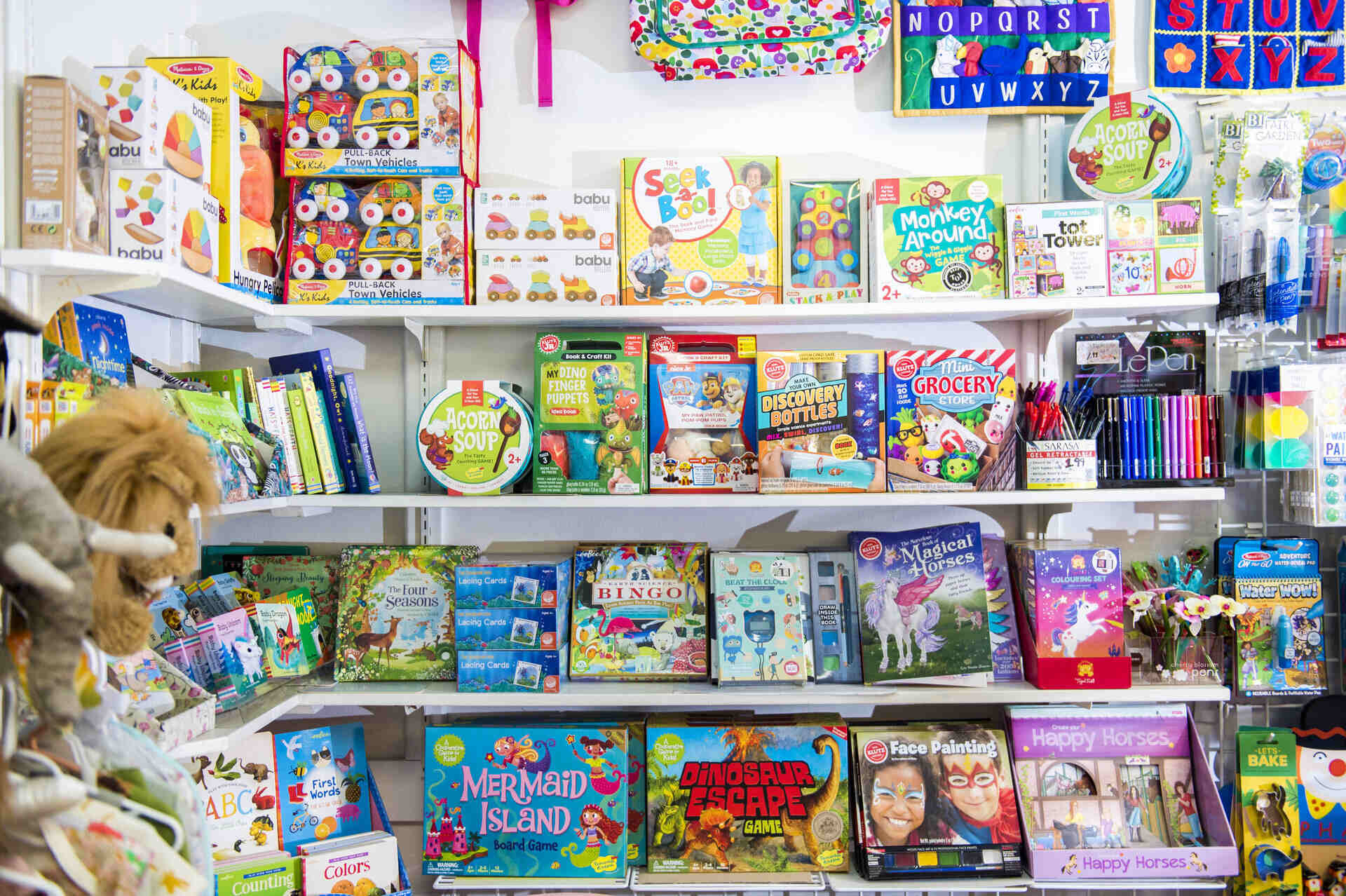
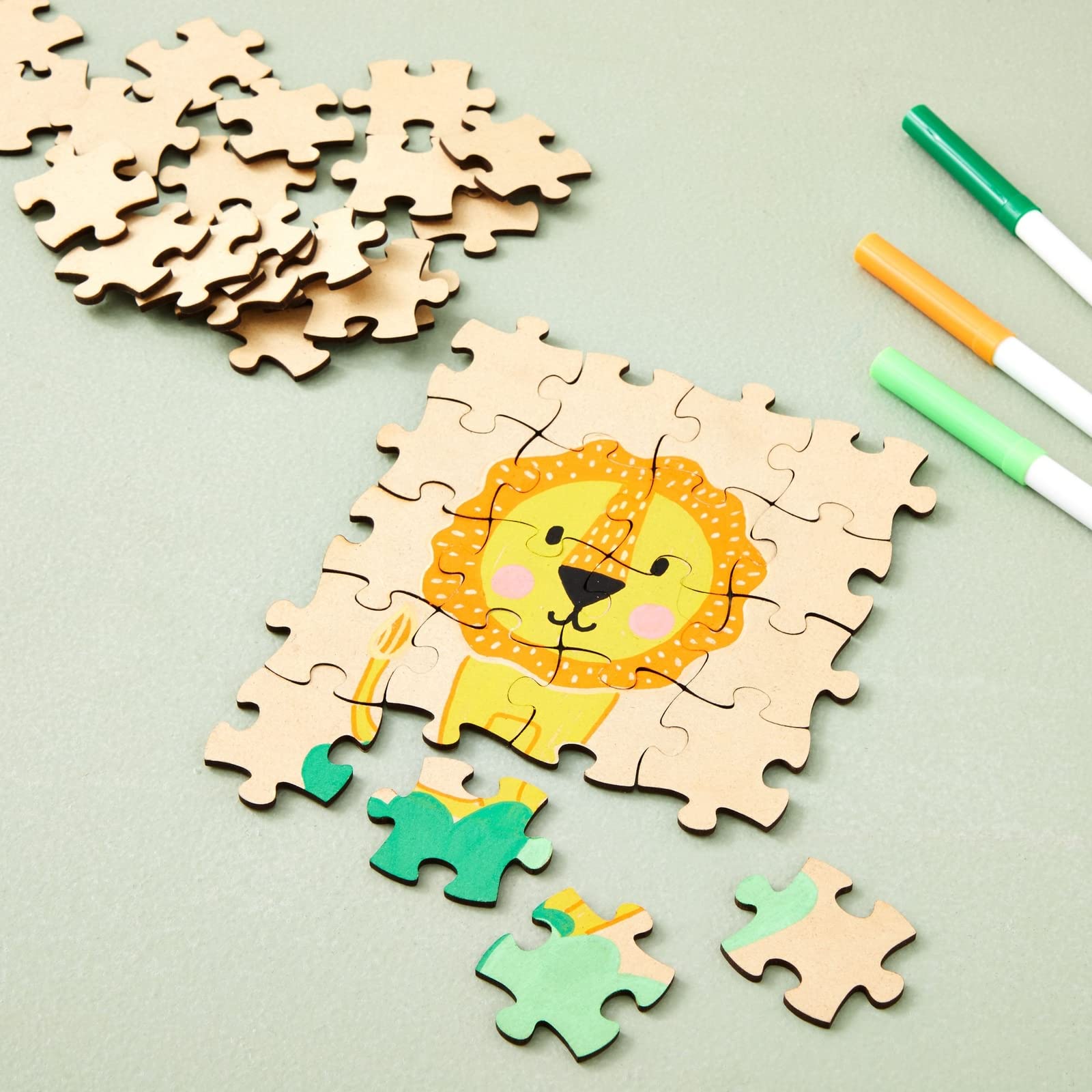
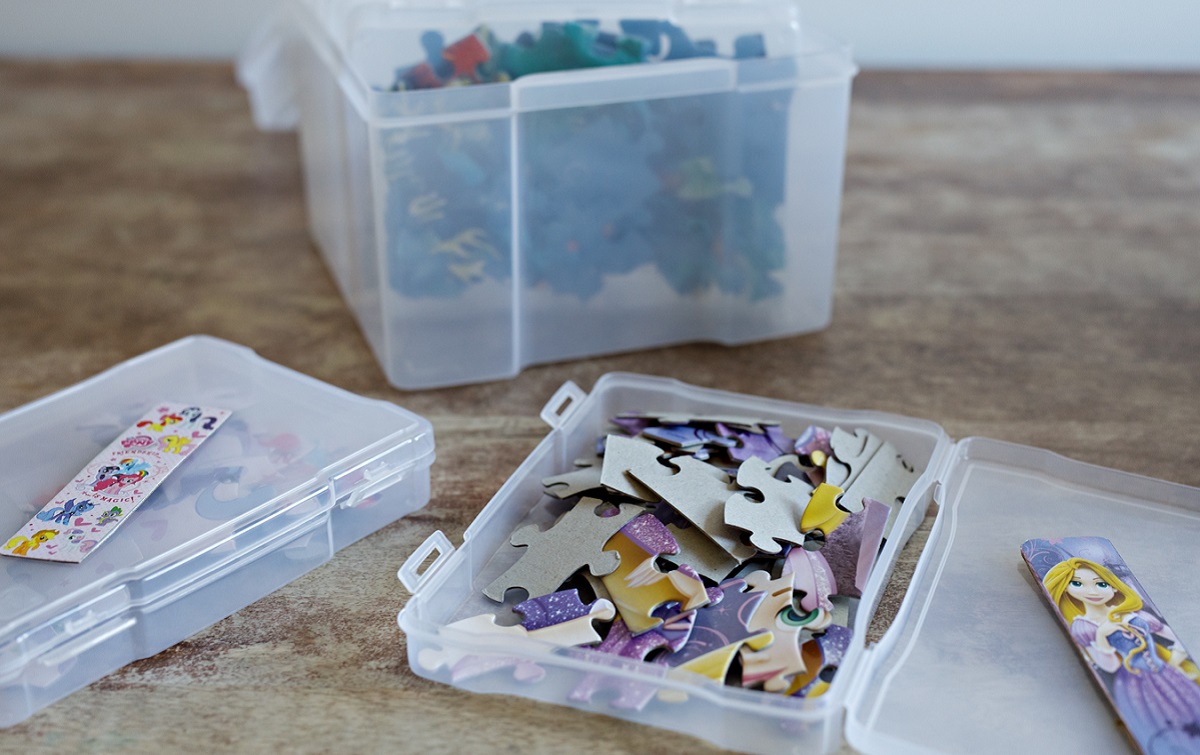
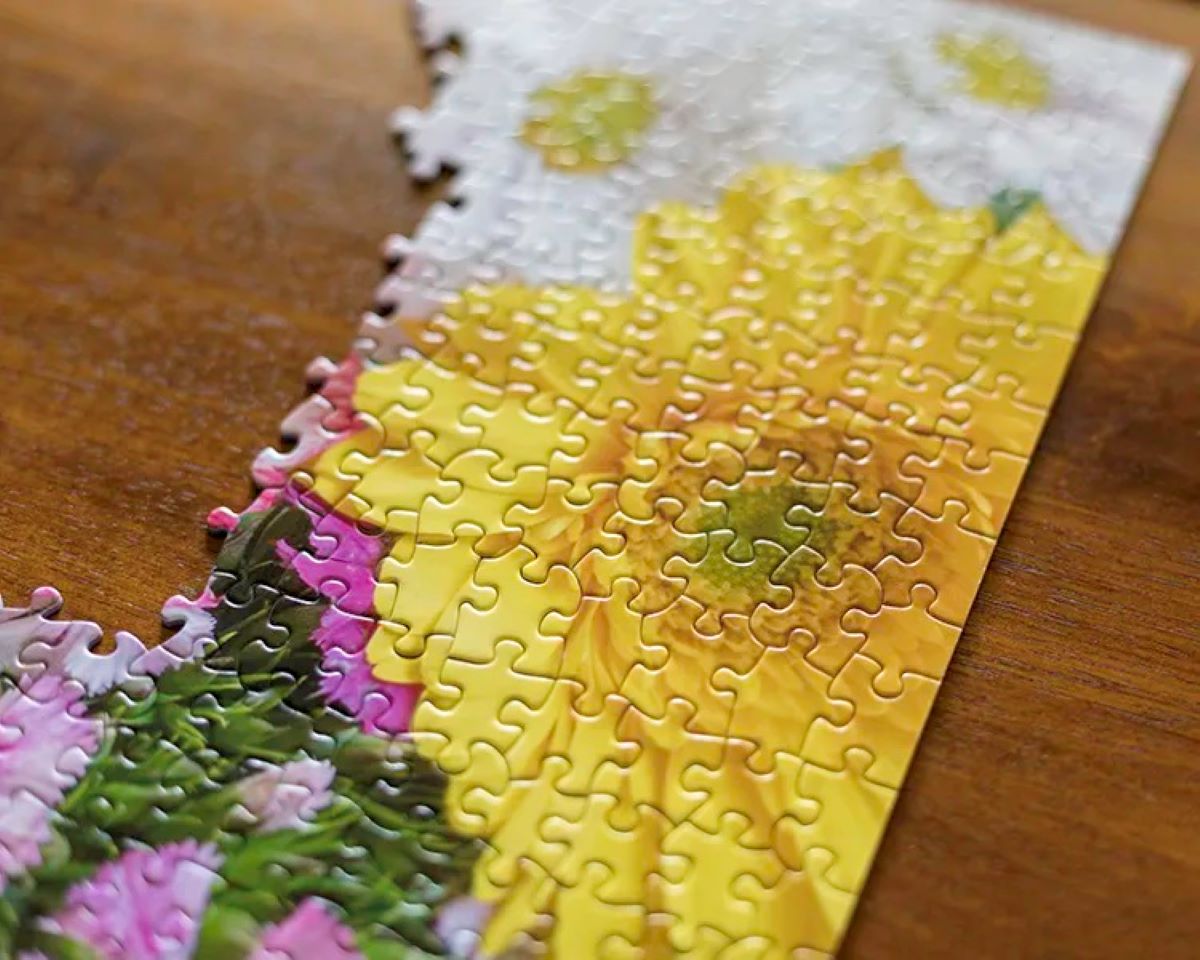
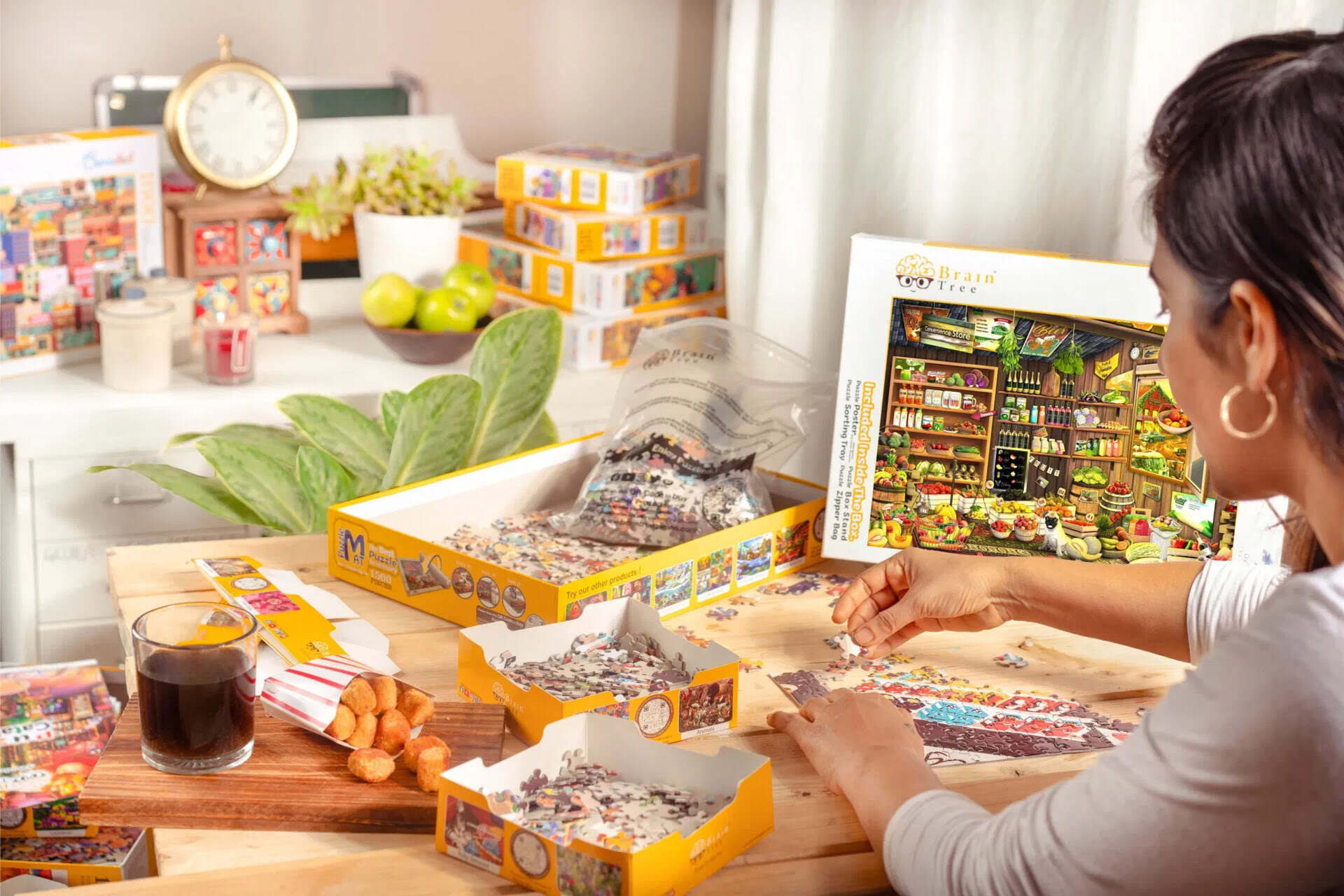
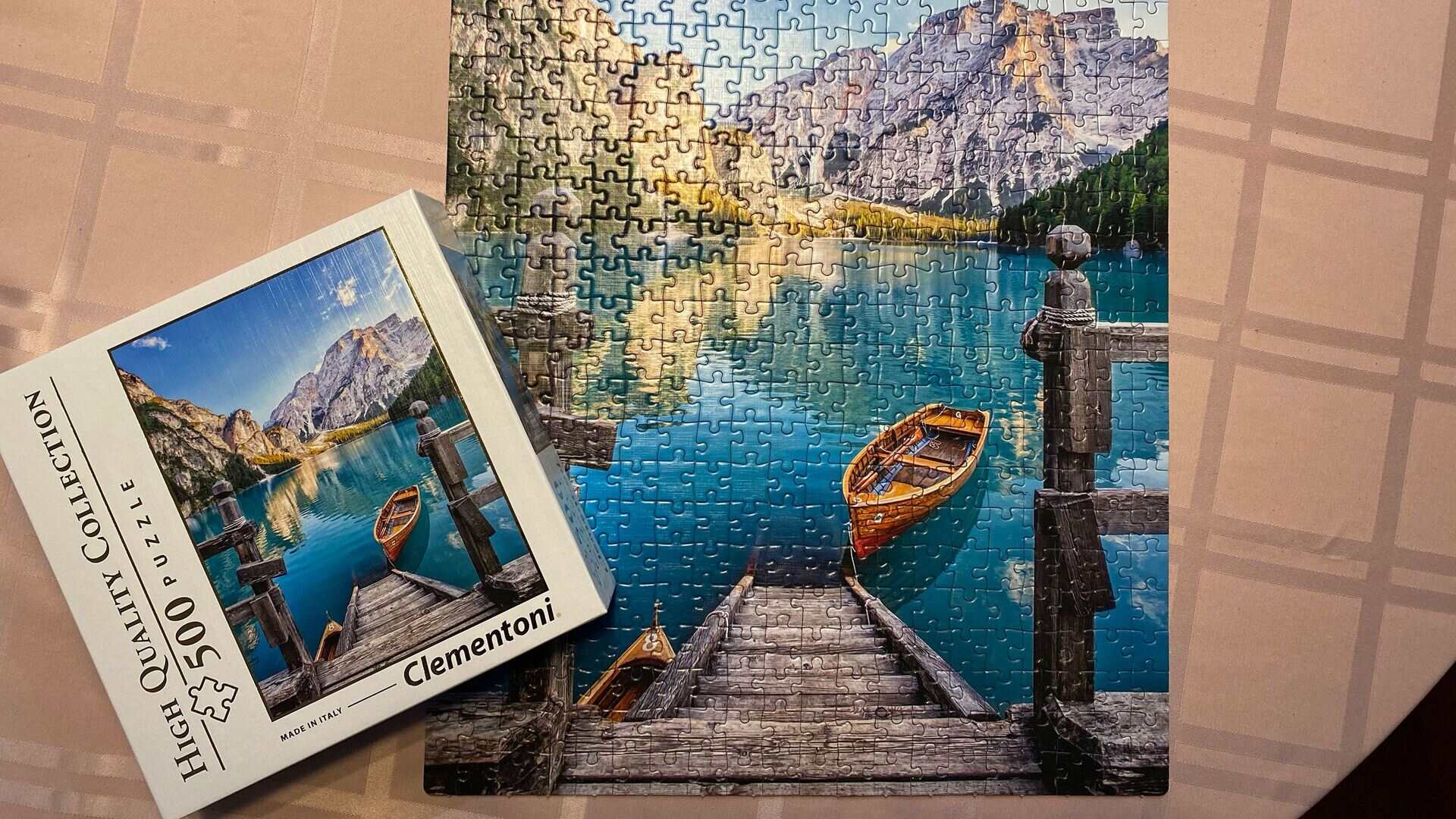
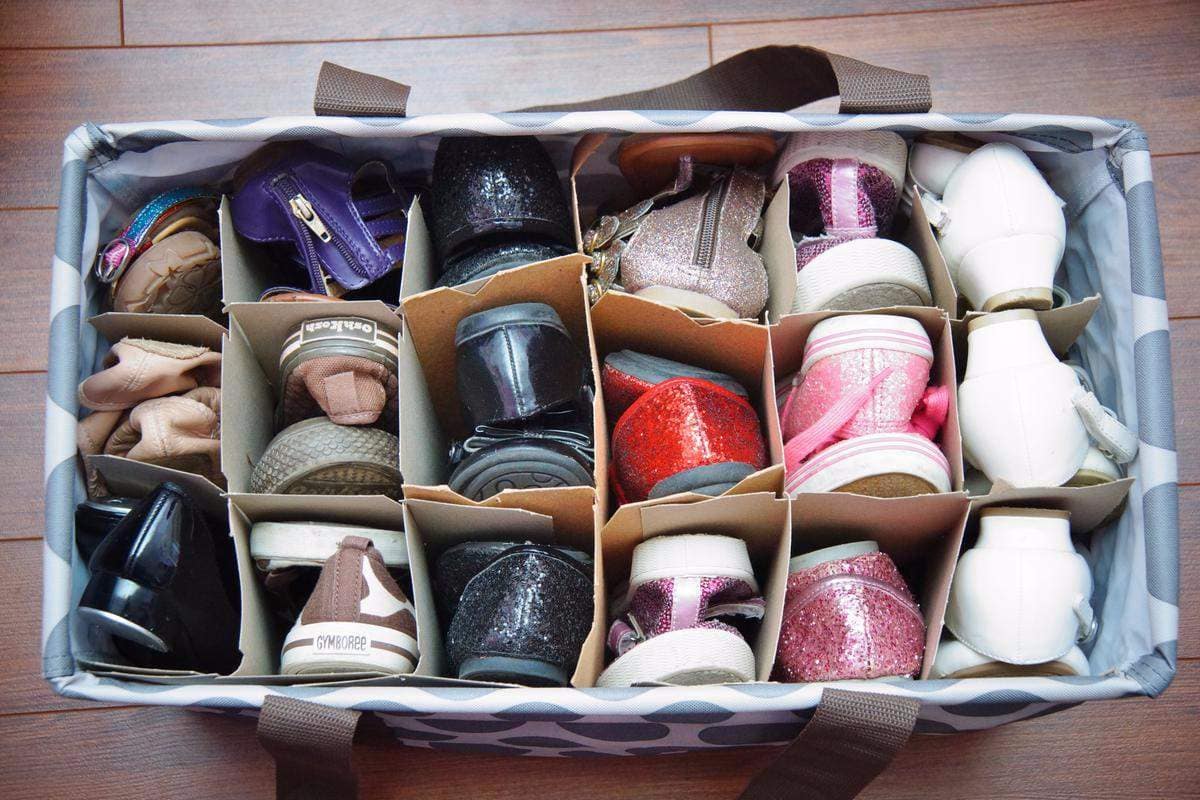
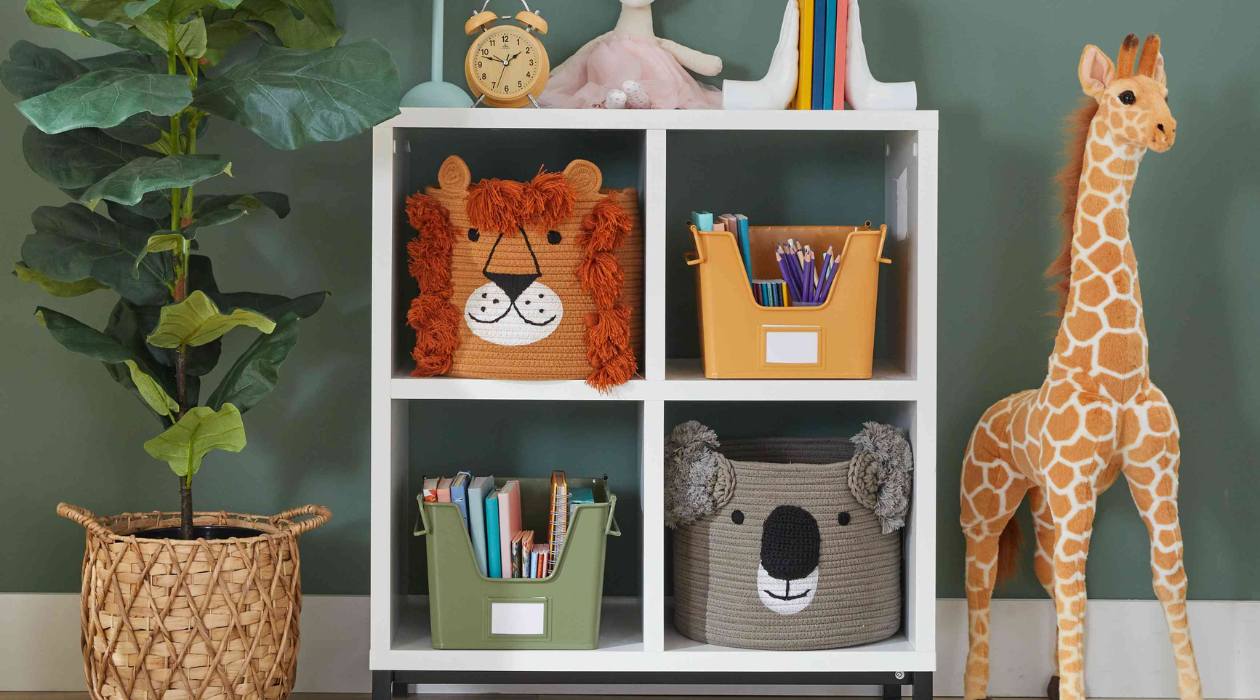
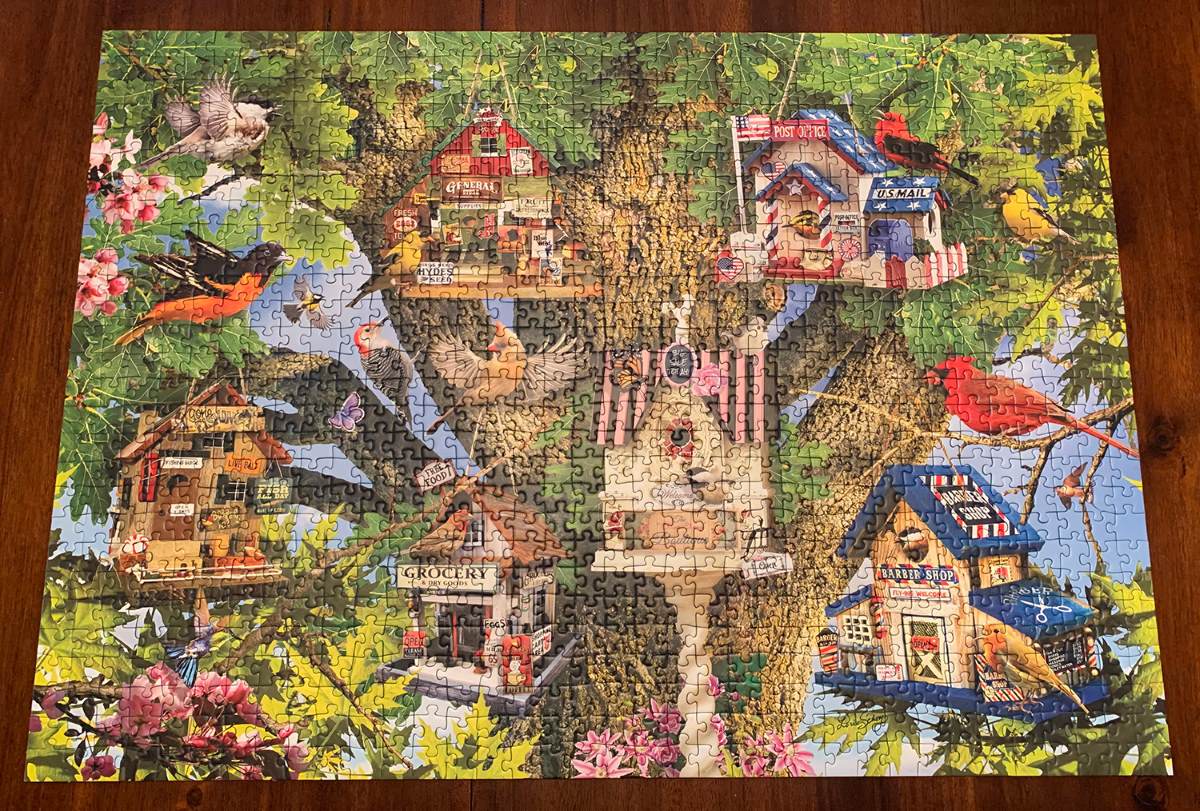

0 thoughts on “How To Store Toddler Puzzles”